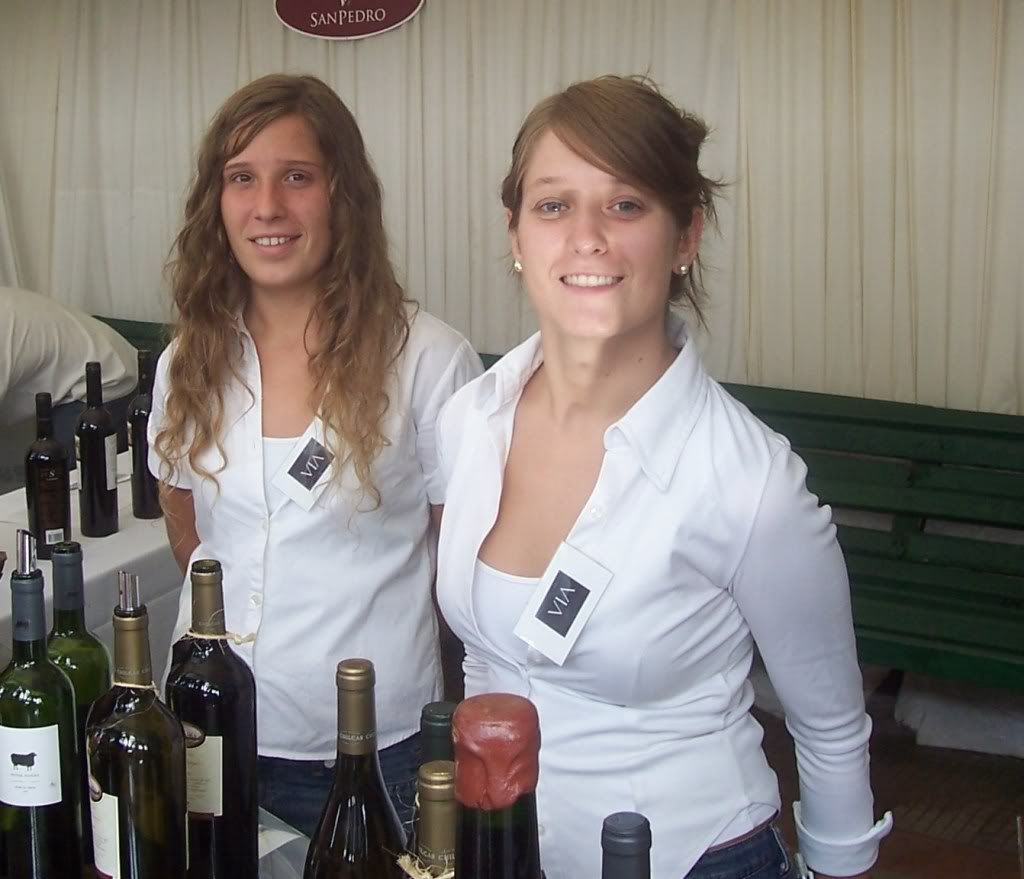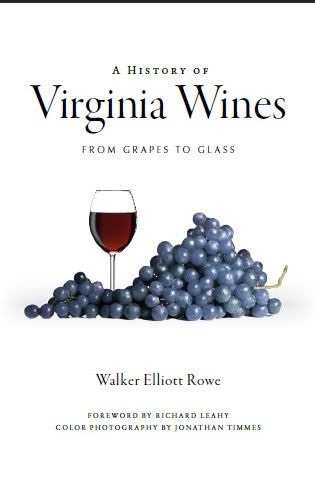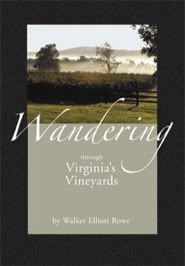
Each week I make the trek from my farm in Rappahannock County, Virginia to Bethesda, Maryland and back at least once and some times twice. My pulse quickens and my back aches as I join the legions of drivers that choke the beltway that rings the throbbing city of Washington. Brake lights glow and tensions mount as the traffic choke hold squeezes onto highway 29 in Gainesville where big box retailers line the crowded route into what was scarcely 5 years ago empty pasture. There’s not much relief from this rolling tide of misery until one leaves Warrenton and heads west. Then the neon lights of KFC and Wendy’s burgers give way to dark skies where one can actually see the stars. Cul-de-sac subdivisions fade away replaced by rolling pastures and houses not feet but often miles apart. Roll across the border with Culpeper and I am home again in genteel Rappahannock County with the last vestiges of proletarian squalor left behind me in my wake. Here we lived not as they do in the outer suburbs--piled atop one another--but comfortable in our ample spaces.
Flying across the country in an airliner or driving through the rural Carolina of my youth I used to wonder why seemingly every inch of land is carved up into manicured squares of pasture, soybean, and corn. Certainly all of that land would produce crops and livestock that could not produce a profit if every landowner in America grew and raised such a seeming surplus of product. But 12 years ago I bought my own 65 acre farm and learned that if you own open land you cannot simple let it lie fallow for it will quickly turn into forest. So this blog is a narrative of how I began as a hobbyist and turned in a professional farmer.
I started off slowly reading about viticulture planting a vineyard of 120 wines and producing a few gallons of wine. But then my hobby consumed me and I took a job tending another farm’s 2 acres of vines. I bought part ownership in a winery, wrote a book about Virginia wines, and then went to Chile, South America for three months to work in a winery to write a book about the vineyards there. After a few years I started to look at agriculture as more than a hobby or part-time job and began to embrace it as a way of life. This was in part due to my study of Wendell Berry and organic farming. He like Thomas Jefferson before him argues that agriculture binds people to the land and builds communities. The whole notion of sustainable agriculture and organic farming mandated that I do more than just spray chemicals and mow the grass. I needed to learn about composting and dig deeply into soil science not just as a means of growing healthier vines, fruits, and vegetables but because it would allow me to be at peace with myself and in harmony with the land. If I were to follow organic farming principles I needed animals on my farm so I started a goat herd for profit and bought chickens to fertilize my fields and provide me with fresh eggs and meat. And as an armchair scholar I read deeply into the literature and visited lots of other farms. I wanted to cut through the hyperbole and vitriol and explain for myself and the laymen who had been sincere and who had been disingenuous in the raging controversy around chemical farming, pesticides, and genetically engineered crops. I began to see a blog was in order, something to explain what was really meant by “organic” and describe for the suburb and city dweller the process of farming so they could decide for themselves whether all pesticides were a danger and how food was actually produced. This blog is not written by a journalist who “doesn’t know how to grow a tomato”---I am a working practitioner. So looking back at the beginning let me explain how I started my first vineyard but first let me explain where I live.
The county where I live in Virginia is different than those that surround it. It is just beyond commuting distance from Washington, D.C. at the edge of the Appalachian Mountains. Because it is stuck in a corner, it is on the road to nowhere. No major highway passes through the area. The two highways that do cross the county end in steep mountain passes; so we are free of truck traffic.
In Rappahannock County tight zoning laws, volunteer conservation programs, and tax policies that favor agriculture have kept the area for the most part free of development. Almost a third of the county is put into perpetual easement and the rest is divided up into tracts that cannot be divided into lots smaller than 25 acres. My own 65 acre tract cannot be divided at all because it is zoned conservation because of the slope of the land. Whereas in neighboring counties developers have gained the upper hand here the sentiment for environmental conservation and land preservation runs deep. There are laws here against outdoor lighting and as I write this there is not one traffic light, large grocery store, or fast food outlet.
While farming is widespread in Virginia, this is not an agricultural paradise like California nor Chile. The summer is too hot. The winter is too cold. And August is generally too wet. Such weather causes ripening grapes to swell and burst, sugar content to drop and it breeds lots of fungal problems like bunch rot fungus. So we don’t grow olives, apricots, or oranges and while gardeners grow roses here they do much better in drier climates. But for the first time in the past 100 years there are now more vineyards and wineries outside of California than within and more than 120 of them are located in Virginia.
There are those that would say the best grapes in the world are grown in areas which often do not grow grapes well. So it is with Bordeaux where sometimes it is too wet, too hot, too cold. California has the same weather year after year so the vintage variation in wines is not wide as it is in parts of the world that do not have a Mediterranean climate. When wine writers speak or great vintages in Burgundy they by implication suggest that some years were not too good and perhaps others were awful.
Let me explain to you the issues faced by wine grape farmers by example and let’s dive into the details of my own little vineyard called “Rosewood Hill”.
My vineyard is pointed in the best direction for growing grapes. It sits on a hill between two pastures and has an eastern exposure. Viticulturists would say that the elevation and aspect and good. Elevation means height—grapes grown at 600 to 1,100 feet experience a thermal inversion where there is less possibility of frost damage than the colder air below. My vineyard is around 600 feet above sea level which is at the low end of the ideal range but its relative elevation is good for it sits above lower areas around it. A few years ago some pumpkins I had planted on a flat area near my vegetable garden turned black with frost. Cold air rolls down Bessie Bell Mountain—this is the mountain where I live—and settles into the low spots. Warm spring weather will coax fruit trees and grape vines into growing the first shoots of the season. These tender green growths will be damaged at 30 degrees and killed out right at 28 degrees so it is important to avoid a frost pocket. Vineyards which do not have an idea location use giant wind mills, helicopters, sludge pots, or overhead irrigation to combat freezing temperatures.
Aspect refers to the direction in which a slope faces. My vineyard is flat on top, has a few feet of western exposure, and faces to the east in the larger section. Just north is my neighbor’s pasture a few dozen feet below. So the land could be said to have a mainly eastern exposure. A western exposure is bad because there is too much heat on that side and the early morning due does not burn off quickly in the sun as it does on the eastern slope.
My vineyard had been pastures years ago. Grazing cattle had beaten down the brush and my neighbor Melvin Jenkin’s family, who used to own the land where my farm is located, had kept the brush sage mowed with a brush hog. But for 10 years or so the grass had been allowed to grow wild and blackberry, green briar vine, and poison ivy had taken over the fescue grass.
I have watched for years the progression of growth of a forest when former pastureland has lain fallow. First in soil that is highly acidic red cedar trees will sprout. These hardy plants are native to the Virginia Piedmont. Their seeds will lie dormant for many years until their young shoots are allowed to leap above the fescue, rye, or bluegrass without the interference of the whirling brush hog, the farmer’s hay baler, or the crushing blow of a cow’s hoof. The tulip poplar is next to reach its head above the ground. These hardwoods are so plentiful on my farm I consider them a nuisance. They are easily split by the axe and as a young sapling can be chopped in half by a machete. Contrast that with a maple or oak which even as a young sapling does not yield even to the machete blade. The poplar tree does have one redeeming value, however which is their propensity to grow straight and without limbs at the lower level.
The other eager tree which is among the first to regenerate itself is the locust tree. These wiry saplings emerge more like bushes that trees with a thick mane of green leaves. All of the locust trees on my farm appeared dead to me for several years. There must have been blight like the gypsy moth which killed all of the oak trees many years before. But the locsts were hardly dead for new growth emerged on hollowed-out trunks which had stood in the wind for years without showing any sign of life. Locust trees do not rot. So you can use them to make fence posts. When Barboursville Vineyard came to Virginia from Italy almost 40 years ago they made trellises from locus trees. Farmers today for the most part just buy pressure treated posts.

Life in the Country: Rappahannock County
Sphere: Related Content









1 comment:
Very Interesting Reading.
Thank you Walker.
John
Post a Comment